|
There were still quite strong headwinds as I left Eastbourne, passing a couple of designer beach huts commissioned by Eastbourne Borough Council as part of a programme to boost visitor numbers. The designs were nice enough but nobody seemed to be maintaining them, which rather spoilt the intended effect. A highpoint of the day’s ride was cycling into Bexhill and seeing the splendid De La Warr Pavilion, designed by Erich Mendelsohn and Serge Charmayeff, commanding the seafront. The building was constructed in 1935 and extensively refurbished by John McAslan in 2006. CABE’s Shifting Sands report celebrated the success of the pavilion’s renaissance which it calls “Crystal Palace by the sea”. The report also mentioned Niall McLaughlin’s “deceptively fragile” mobile bandstand which won a RIBA Award back in 2002. It’s not as fragile as it looks and I am pleased to report that it is in excellent shape having benefitted from a recent wash and brush up. The landscaping by HTA, funded by CABE’s (don’t you miss ‘em?) Seachange programme, elegantly ties the whole lot together. Then on to Hastings where the architectural story is not so rosy. I was looking forward to seeing dRMM’s Stirling Prize-winning pier. I knew it had had financial problems and that the new operator was not that sympathetic to the architects’ concept. But I was shocked at how dRMM’s elegant structure had been disfigured by poorly arranged and badly designed attractions. I realise that the idea was to create a platform that could support a variety of uses from circuses to music events but sadly the architecture is almost totally submerged by the tat. HAT Projects’ black ceramic-clad Jerwood Gallery further along the front, which opened in 2012, has not suffered such depredations and sits comfortably with the pitch-painted net drying towers that serve the town’s fishermen whose mainly under-10m boats make up the UK’s largest beach-launched fleet and fish for cod, skate, sole and plaice. After a 160m climb out of Hastings, the roads were flat, crossing Romney Marsh, Rye Bay and Dungeness. This Special Protection Area runs from Norman’s Bay in the west to Hythe in the east bookended between high chalk cliffs. The area includes the largest and most diverse area of shingle beach in Britain. It was originally formed by rivers draining the Weald to the north whose sediment filled the area behind the shingle beaches over time. Rye is a very pretty town. I haven’t been there for ages and was surprised at the number of visitors and the long traffic queues - a situation probably exacerbated COVID19. It is also a port with facilities for a 32-boat fishing fleet. Some of the catch is sold at the quayside, though most is sold across the channel in Boulogne. In contrast, Dungeness is not very pretty, dominated as it is by pylons and power lines leading to Dungeness B nuclear power station. You weave your way through scrubland and barbed wire fences ending up at Lydd-on-Sea probably the most depressing place on my whole journey so far. A long straight road of ugly bungalows on one side looks out over a hundred metres or so of scrubby shingle that is more like an aggregate quarry than a seaside beach. Things improved hugely, however, as I got to Dymchurch and joined the broad walkway that forms part of the coastal defences which were upgraded in 2011 to protect the town. These are around 5m wide and form a very nice cycling environment with plenty of space for both pedestrians and riders. As I cycle into Folkestone along Marine Drive I am struck by a huge building site on the beach. This turns out to be the Folkestone Harbour and Seafront Development designed by Acme Architects for Sir Roger de Haan - the wealthy philanthropist who has spent many millions supporting the regeneration of his home town. The development company has already invested in works to the harbour and the old rail station, much improving this part of the front which has been in a sorry state ever since the ferry services dwindled away in the late 1990s. Improvements include an open-air cinema, a hub for independent traders as well as restoration of the Customs House, lighthouse and viaduct. In recent years De Haan has been closely involved in bringing the arts and culture to the town, supporting the Creative Folkestone charity which, among other things, manages the Folkestone Triennal. Another plus for the town is the high-speed rail service which means it is possible to get to London St Pancras in a little over 50 minutes. Since it opened in 2009, this has helped to stimulate the local economy and generate new employment opportunities.
Despite all this, some parts Folkestone experience record levels of deprivation; the proportion of households earning less than £20,000 per annum is near twice the national average and the rate of unemployment and permanently sick and disabled is above the county average. These problems were brought home to me as I got closer to the harbour to find groups of street drinkers gathered at the base of the iconic Grand Burstin Hotel involved in a rather disagreeable punch up. As I wandered around the Old Town I came across a bar housed in a fine classic building, formerly a Congregational chapel, called The Samuel Peto. This was a bit of a surprise as I had already arranged to follow the Samuel Peto Trail when I got to Lowestoft. Where was the connection? A quick Google sorted me out. Sir Samuel Morton Peto MP was one of the great Victorian railway builders. In 1843 he bought Somerleyton Hall in Suffolk and carried out a number of developments in nearby Lowestoft. In the 1860s he got involved with the London, Chatham and Dover Railway (LCDR). A keen Baptist, he contributed to the area by funding the construction of the Folkestone chapel. Unfortunately for Peto the LCDR failed and his reputation was destroyed in the ensuring financial scandal and he was forced to retire from public life. (One can still see the crest of the LCDR on the unused columns which sit in the River Thames between Blackfriars Bridge and Blackfriars Station.) Eastbourne to Folkestone 106.65km. Elevation 643m
0 Comments
Leave a Reply. |
Archives
October 2020
Categories |
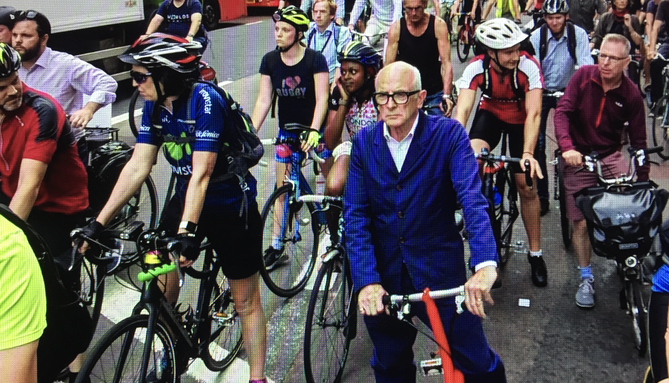
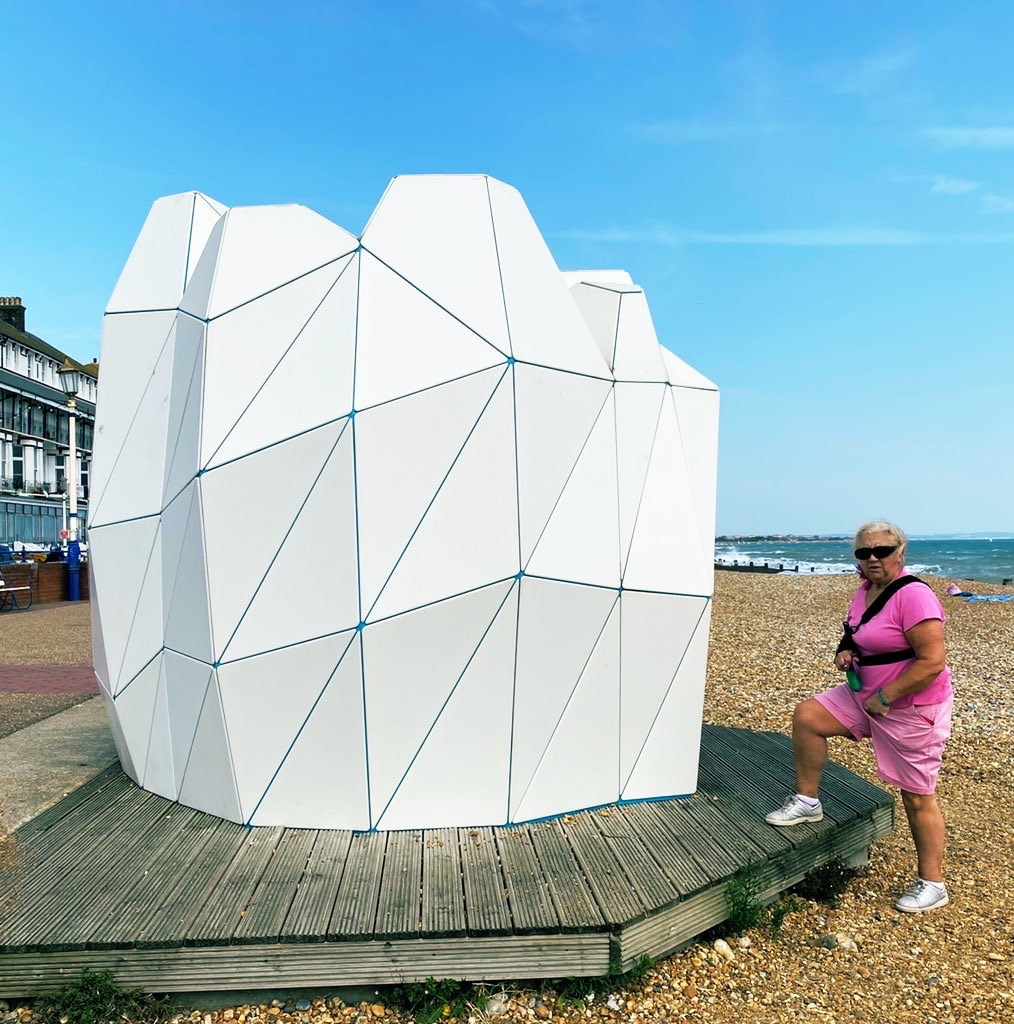
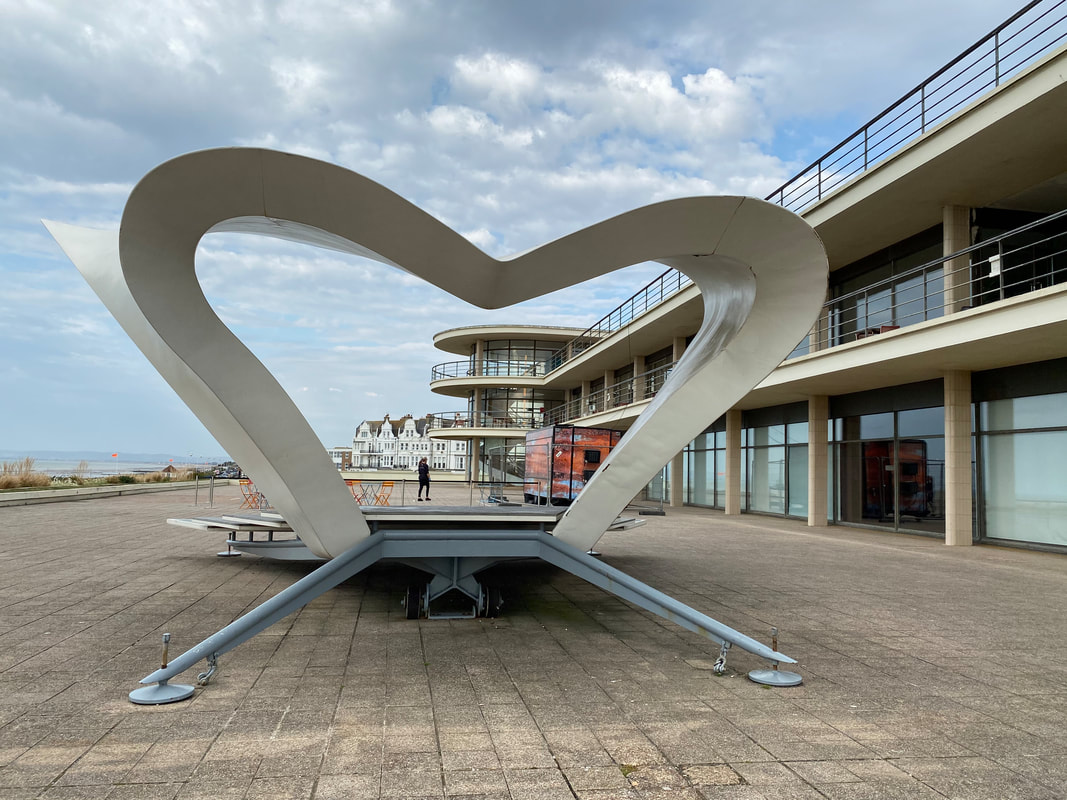
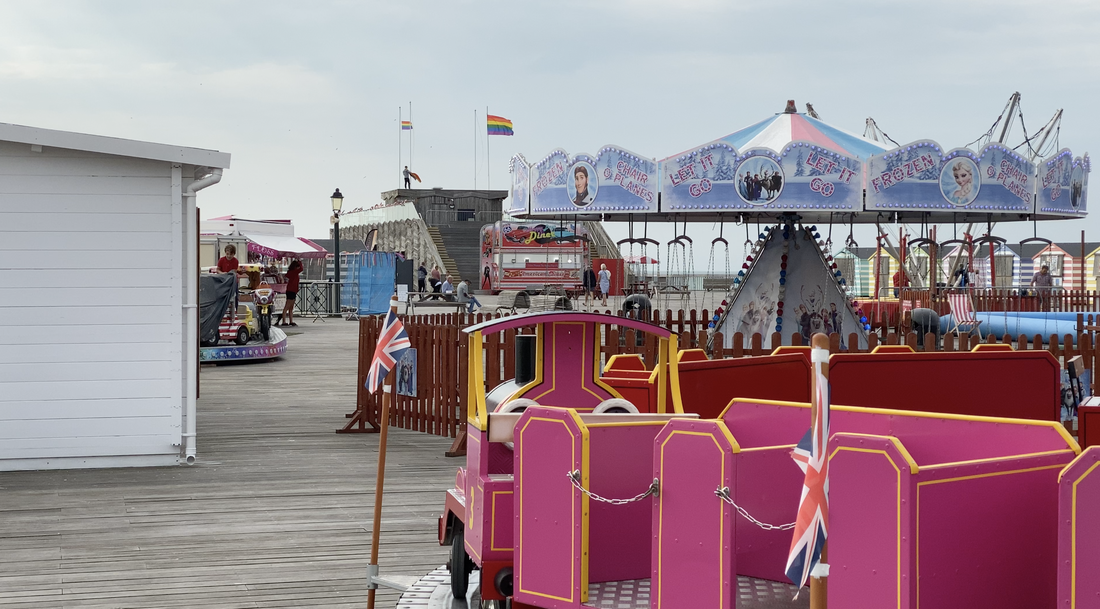
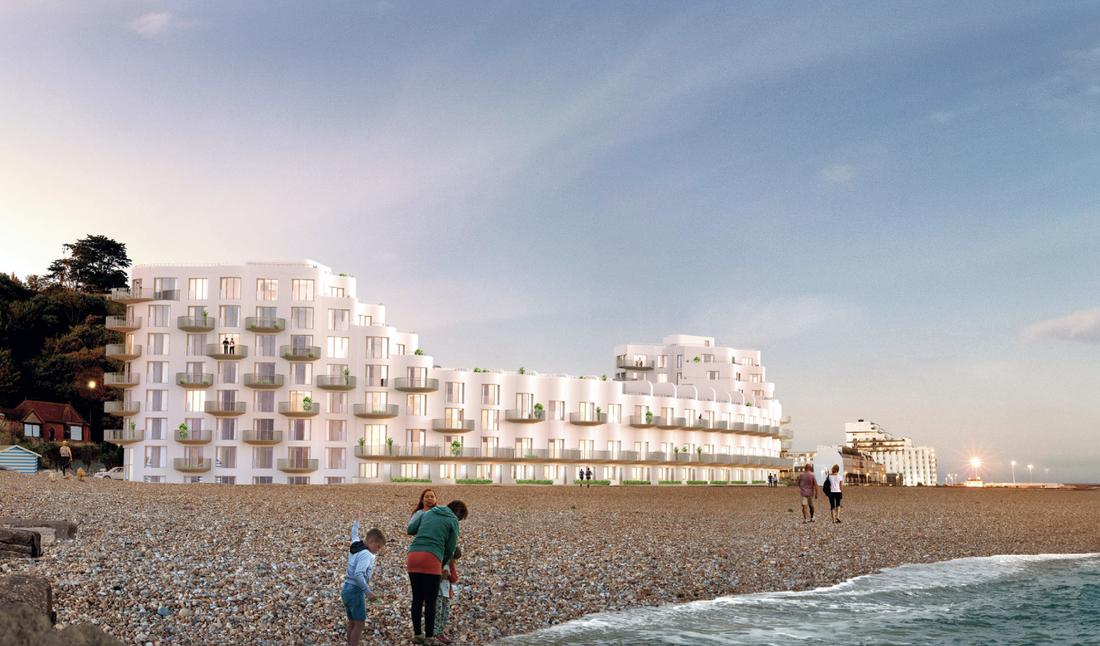
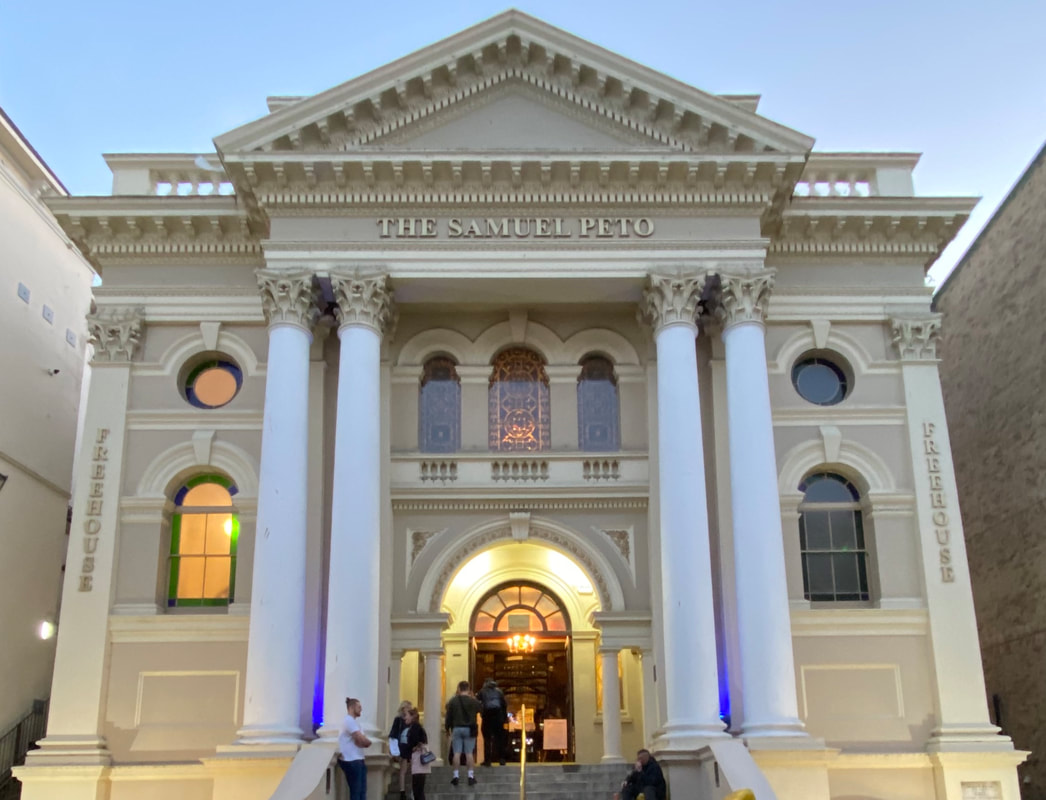
 RSS Feed
RSS Feed